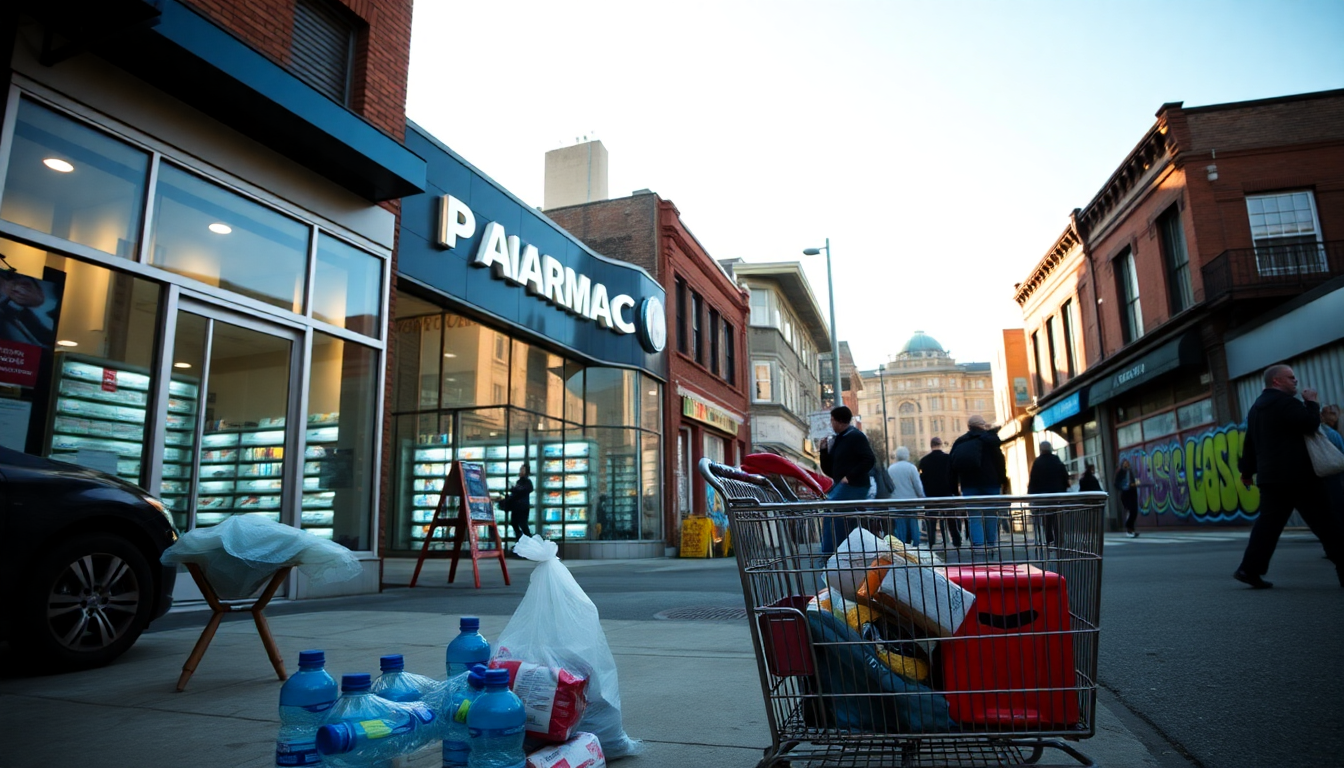Table of Contents
The ongoing debate over British Columbia’s “safer supply” program has heated up, especially with the recent approval of a new pharmacy in Vancouver’s Downtown Eastside. This move has raised eyebrows, particularly given past allegations that some pharmacies in the area were exploiting vulnerable communities for profit. As the province battles its drug crisis, questions about the effectiveness of the safer supply program and the implications of these recent actions are front and center.
Market Overview: Understanding the Safer Supply Program
British Columbia’s drug crisis has reached a critical point, prompting the government to roll out the safer supply program. This initiative aims to provide controlled access to substances for those grappling with addiction. However, the approval of Flash Pharmacy and Medical Centre at 66 West Hastings—now the sixth pharmacy in a densely packed area—has reignited concerns. A leaked Ministry of Health document revealed that over 60 pharmacies were under investigation for allegedly incentivizing clients to collect dispensing fees, raising red flags about the integrity of the system.
The figures surrounding these pharmacies tell a troubling story. Reports indicate that a significant chunk of prescribed opioids was finding its way to the illicit market, with organized crime potentially playing a role. Such revelations shine a harsh light on the obstacles the provincial government faces in trying to maintain a safe and effective drug supply.
Critics, including BC Conservative public safety critic Elenore Sturko, are sounding the alarm on the government’s lack of accountability and transparency regarding these investigations. With pharmacies continuing to operate in the area despite these unresolved issues, one has to wonder: is the system truly protecting the most vulnerable individuals seeking help?
Analyzing the Impact: Perspectives from Stakeholders
Residents of the Downtown Eastside are understandably alarmed by what they see as exploitation within the pharmacy system. Allegations of cash kickbacks for prescriptions have surfaced, complicating the narrative surrounding the safer supply program. Sturko has made it clear that the government must confront these issues, emphasizing that exploiting sick individuals is a serious concern that deserves attention.
On the flip side, advocates for drug users argue that the safer supply program is a lifeline. Former B.C. chief coroner Lisa Lapointe has pointed out that the program plays a crucial role in keeping people alive while they await treatment. Providing pharmaceutical alternatives is framed as a necessary step to ensure individuals have access to safer options instead of being left to navigate the perilous illicit drug market.
Yet, skepticism about the program’s effectiveness persists. Critics, including Sturko, argue that there’s little substantial evidence proving that the program is hitting its targets. The recent decision by the federal government to cut funding for safer supply initiatives only adds fuel to this fire, prompting further questions about the program’s sustainability and overall value.
Future Considerations: Navigating a Complex Landscape
The College of Pharmacists of B.C. has recognized the seriousness of this situation, taking action against several pharmacists to protect public health amid ongoing allegations of misconduct. However, as these issues continue to unfold, the broader implications for the safer supply program are becoming increasingly intricate.
Looking ahead, it’s vital for the provincial government to reassess its strategy, ensuring that pharmacy practices align with the program’s aims of harm reduction and support for those struggling with addiction. Collecting evidence on the outcomes of various treatment options is essential in determining the program’s effectiveness and exploring new avenues for support.
Ultimately, the discussion surrounding British Columbia’s safer supply program reflects the broader challenges facing the healthcare system in addressing addiction. Striking a balance between immediate support and long-term recovery strategies will be key to navigating this complex landscape. As stakeholders engage in this critical dialogue, there remains hope that meaningful solutions will emerge to aid those in greatest need.


